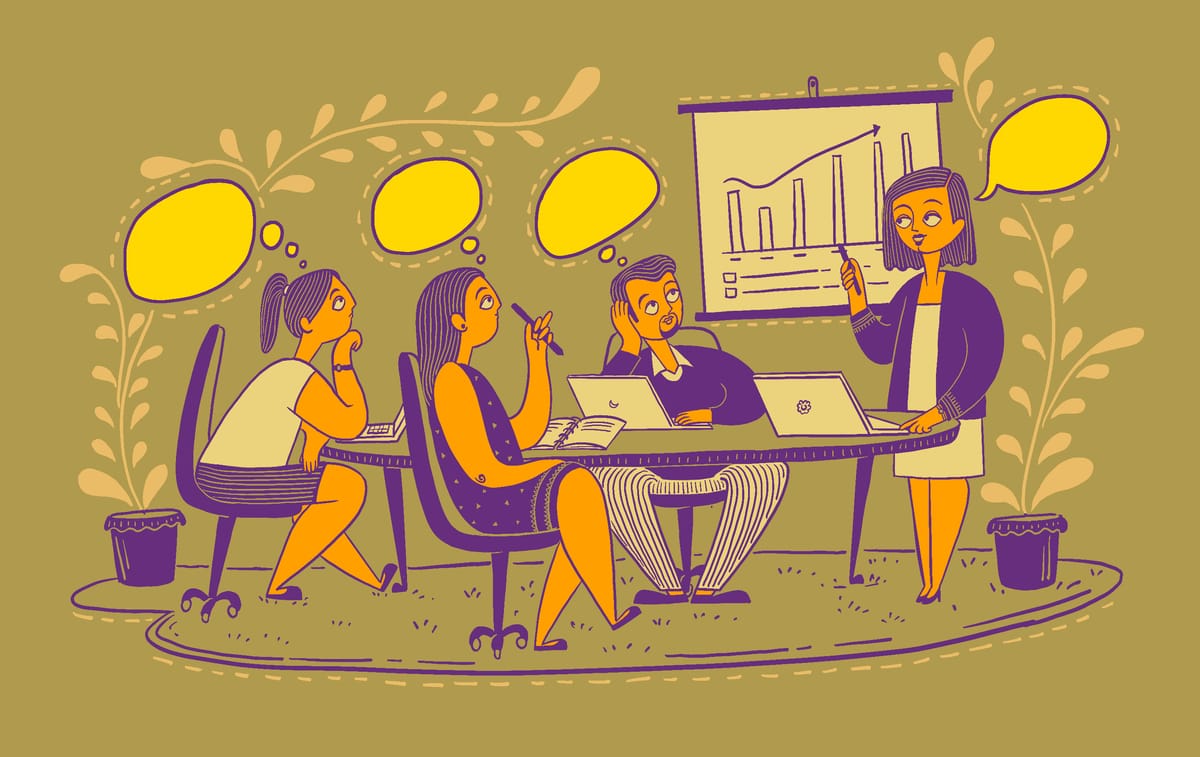Equipping employees with coping strategies: Managing workplace stress

Workplaces are one of the leading causes of stress among the global workforce. One must pay the rent, feed their family, and build wealth for future generations. Occupational or workplace stress is a chronic condition for many, and the pressures of the workplace are bound to continue. We have witnessed an exponential growth in occupational stress throughout the pandemic, and even now when employees are returning to offices after following work-from-home models for an extremely long period. Workplace stress, just like other kinds of stress, is not healthy. Sooner or later, it can take a toll on the employee leading to burnout, panic and anxiety attacks, insomnia, excessive fear and feelings of nervousness, insufficiency, poor self-esteem and more. In such situations, one might resort to unhealthy coping mechanisms like excessive drinking, drugs or gambling. Therefore, employers must provide alternative healthy coping techniques to help employees manage stress and promote workplace wellness. This article provides effective stress management techniques that organisations must make use of to support employee wellbeing and foster a safe workplace environment:
Socialising over fun events
The pandemic largely impacted the ability of employees to socialise with each other and make small talk. As insignificant as it sounds, these are effective and even necessary elements of any employee’s day that add to workplace wellness. Post-pandemic, as more and more employees return to their physical workplaces, organisations must seriously consider holding more team events to encourage socialising and bonding amongst employees, especially teams. This could look like planning team lunches, Secret Santa, conducting regular meetings over a cup of coffee, team picnics, and more. However, there are still many workplaces that are holding on to work-from-home or hybrid work models. Such organisations must also encourage online socialisation. This could include having online lunch dates, coffee dates, playing fun online games together, or just a simple online solidarity meet.
Raising awareness and providing resources
Mental health is being given more importance than ever before and for good reasons. Organisations must also leap and work towards raising awareness about mental health. In addition to that, organisations must go a step ahead and work towards the betterment of their employees’ mental health by organising lectures and talks by professionals and experts in the field. Organisations may also sponsor individual or group therapy sessions for employees, with a special emphasis on meeting the individual needs of employees.
We at Manah Wellness seek to foster the right work environment by organising de-stressing sessions, sensitisation workshops, focused group discussions, heart-it-out sessions and more.
Digital wellness tools
While in-person therapy might not be every employee’s cup of tea, organisations can provide access to a wide range of digital wellness tools for employees, free of cost.
We at Manah Wellness, offer a wide range of cutting-edge digital tools that are self-paced and easy to navigate. These range from self-assessment tools to journaling tools, mood boards, affirmations, nudges to ‘nudge’ you in the right direction, 24/7 multilingual counselling helplines, and more.
Corporate wellness retreats
Wellness retreats go a step ahead of your regular team lunches or picnics. These are company-sponsored retreats that aim at employee wellness, stress management, and coping with burnout. During such retreats, employees may be sent on ‘mini-vacations’ to engage in recreational activities such as bird-watching, rock climbing, trekking, yoga, camping or safari - things one normally does on vacation.
Mindfulness rooms
Mindfulness rooms must be an integral part of any organisation’s structure and architecture. As the name suggests, these are quite literally spaces or rooms within the organisation where an employee can go to and de-stress at least once during the day, to beat the mounting pressure. Mindfulness spaces could be indoors and outdoors spaces that are quiet and relaxing, so that one can detach from the pressures of work and take a break to pause, meditate and get themselves together. Mindfulness rooms would be especially useful in high-pressure jobs and work environments that demand a lot of physical, emotional and spiritual energy from employees.
In-house counsellor
Similar to the model followed in schools and universities, today’s workplaces would do well to have an in-house counsellor or therapist easily accessible to employees, before or after work hours. This would make therapy more affordable and accessible to employees, and also make it possible for the organisation to cater to the specific requirements of its employees instead of providing vague, blanket solutions to their problems, which one may or may not find useful.
Ensuring a safe work environment
Different employees may experience the same work environment, differently. An organisation therefore must ensure that every employee feels protected and heard. An organisation may set ground rules for interaction amongst employees to ensure no one is discriminated against on any basis. It may also set up an anti-bullying cell, or keep a suggestion box at the reception for employees to drop anonymous suggestions to foster a safe work environment and culture.
A healthy employee is an asset to the organisation and provides many benefits to it such as reduced absenteeism, and improved efficiency and productivity.



